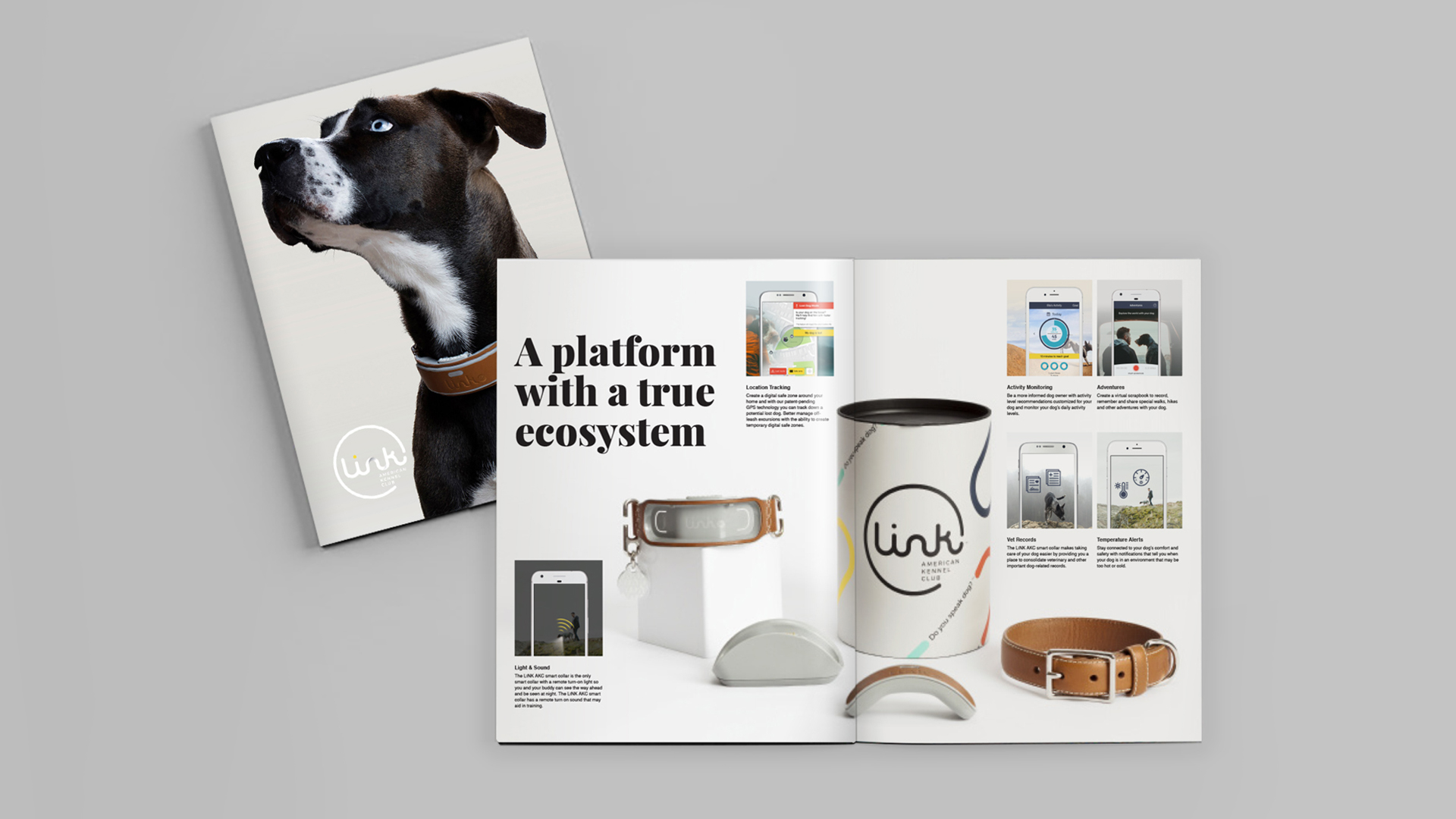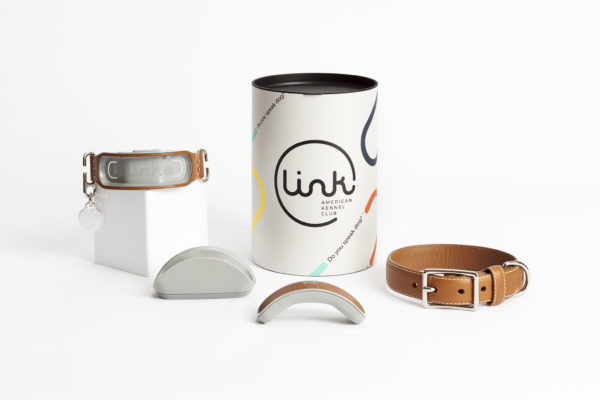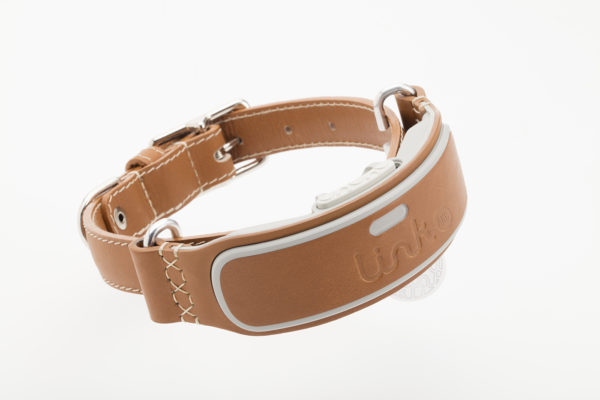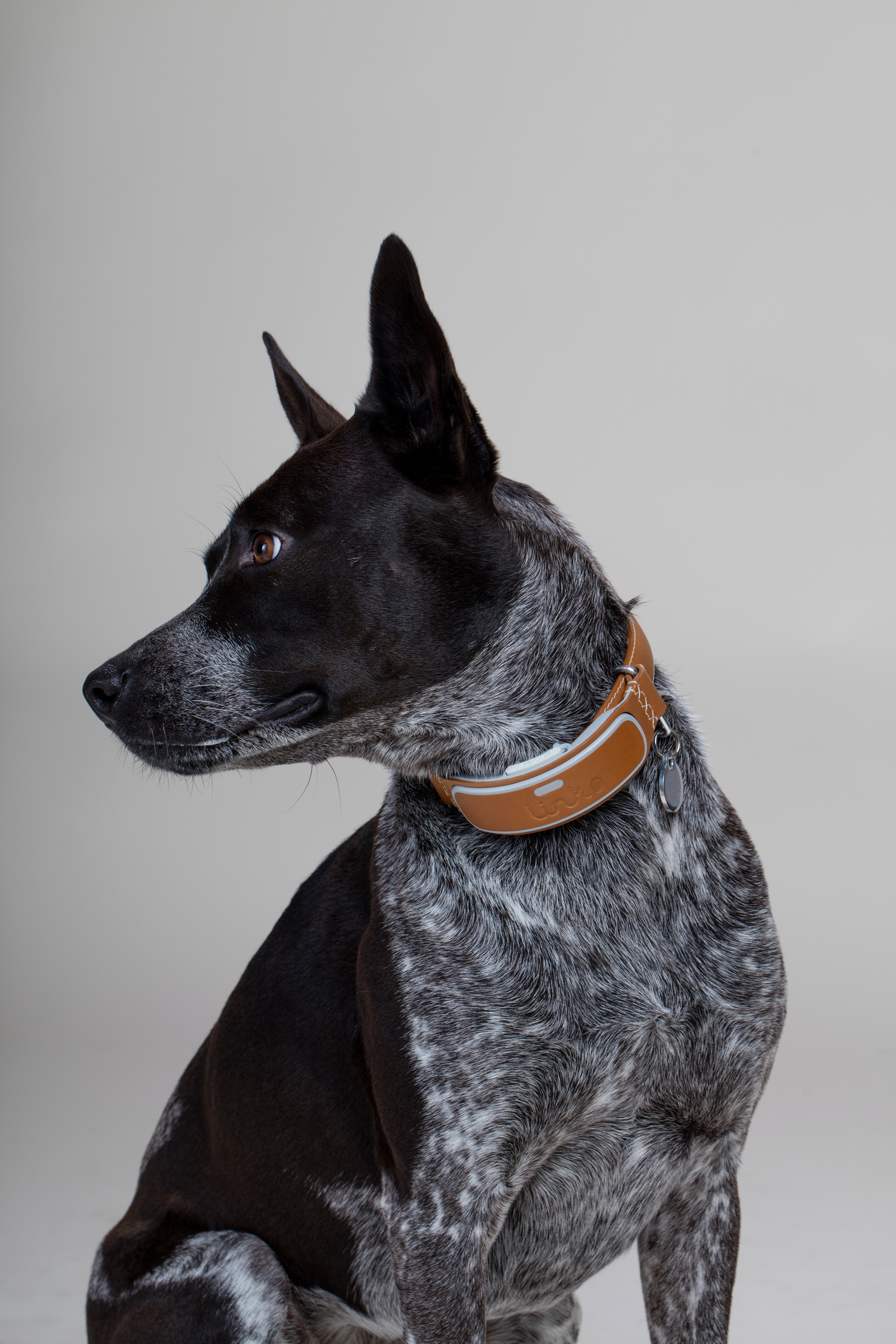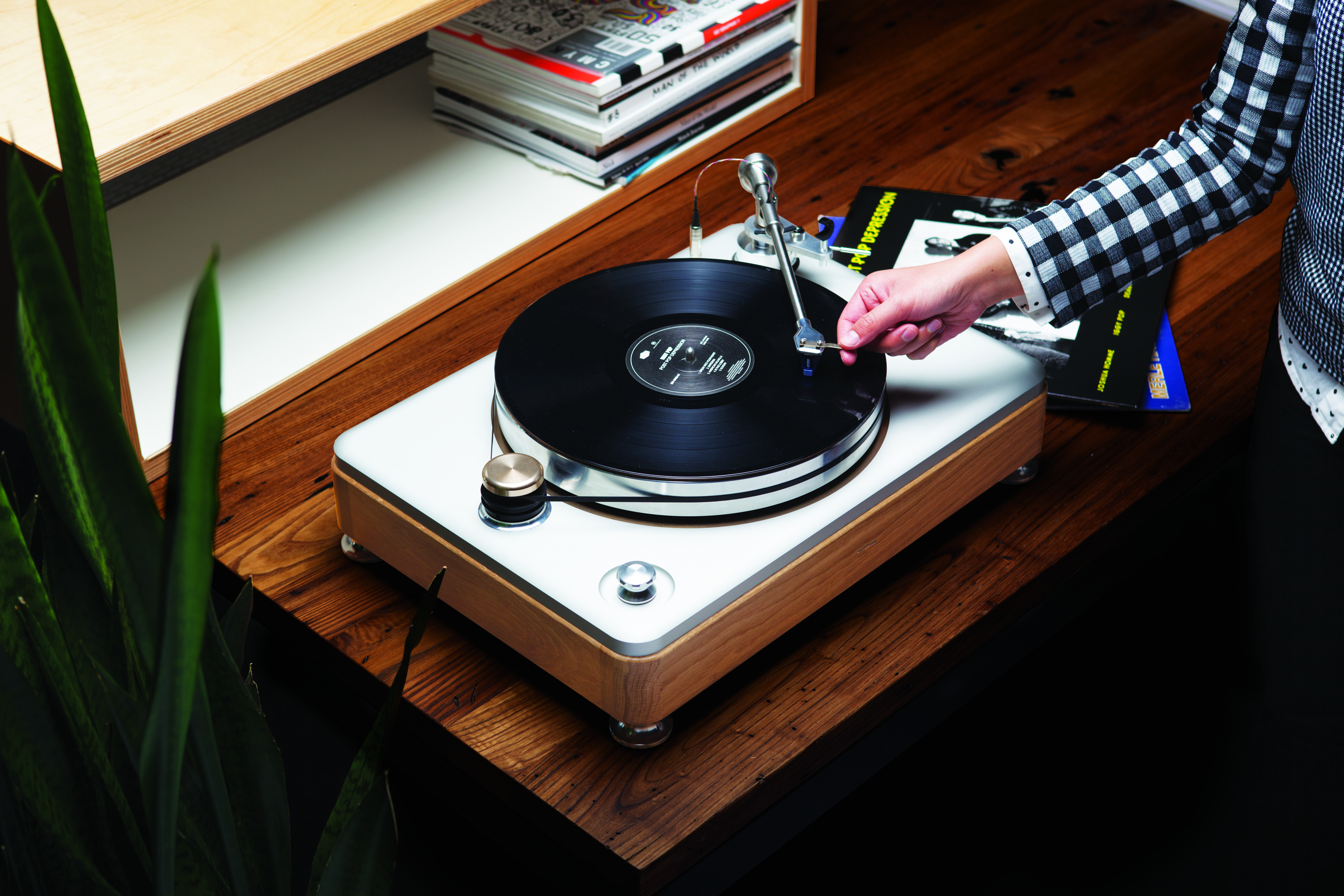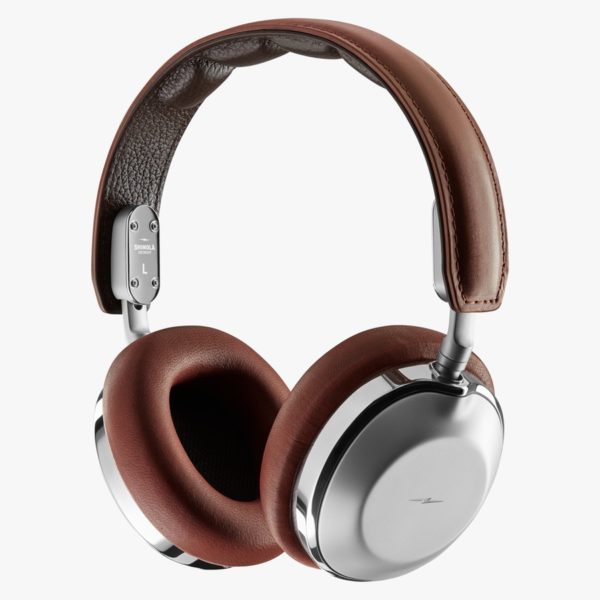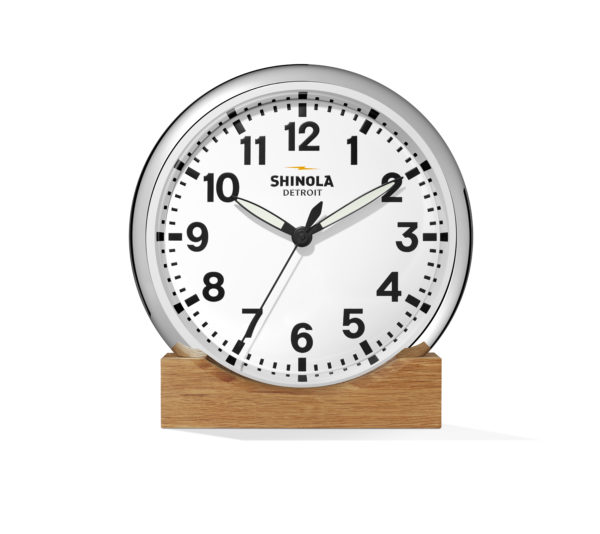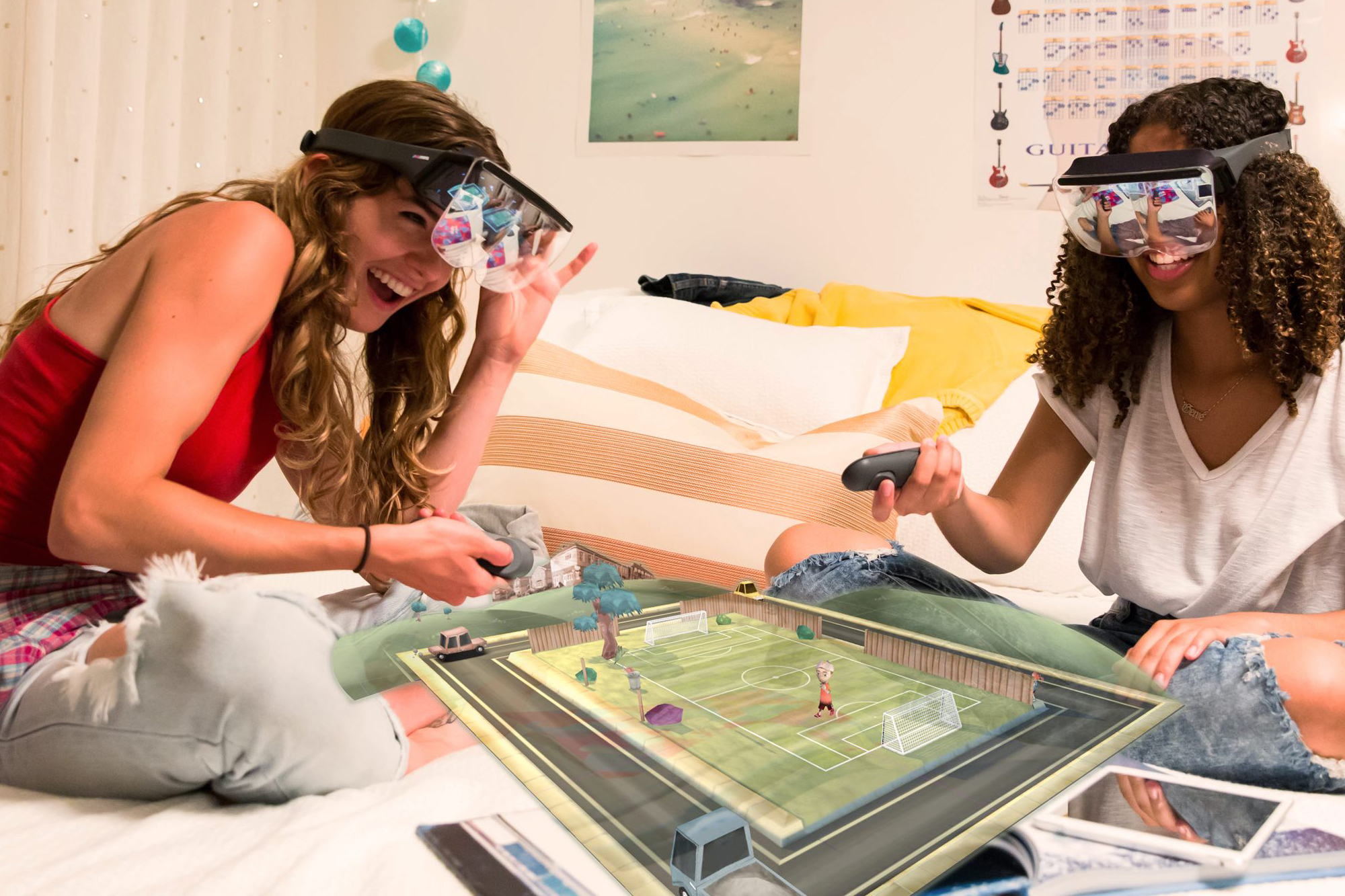San Francisco-based Astro Studios, founded in 1994 by Brett Lovelady, takes a thoroughly holistic approach to design. Their work at the crossroads of technology, lifestyle, culture, and consumerism has resulted in some of the world’s most successful tech products such as Microsoft’s Xbox 360 and Nike’s Fuelband. The multidisciplinary firm is grounded in industrial product design, and keeps an eye on creating a complete narrative, conceptualizing every aspect of a product from naming, branding, and manufacturing to market positioning and advertising. Lovelady’s teams blend traditional design techniques (sketching, storyboarding, mockups) with 3-D modeling, animation, augmented reality, and video to generate compelling conceptual and functional solutions for every client. Recent projects include the Mira Prism, an entry-level AR headset that doesn’t block a user’s full field of vision, and a GPS-enabled dog collar (in tandem with the first social platform for pet owners), the LINK AKC. The studio has been honored with numerous design accolades, including BusinessWeek/IDSA Design of the Decade Awards and six nominations for the National Design Award, and is one of the world’s ten most innovative design companies of 2018, according to Fast Company.
Astro’s recent work for Shinola, an American luxury brand of watches, bicycles, and leather goods, illuminates the studio’s thoughtful approach to the design process. The Shinola company originally manufactured an iconic American shoe polish during the early 20th century. When it went defunct in the 1960’s, the brand name was revived in 2011 as an exemplar of American made, honest quality durable goods. Tom Kartsodis, mastermind of Shinola 2.0, came to Astro to help define, design, and launch their first venture into consumer electronics—a turntable, headphones, and power strips. Lovelady pondered this landscape very carefully. “Is this company retro? Classic? Modern? Futuristic?” he says. “Retro was abhorrent to the whole design team. Familiar and classic are the terms we ended up using. We chose to use materials that are familiar to all of us: wood, metal, fabric. Tom asked us not to make trendy junk but to make heirloom quality products with a classic aesthetic. You can see the product in your grandkid’s living room years from now and think: that’s a beautiful turntable.”
The catch in designing electronics meant to be passed down and appreciated thanks to their solid manufactured beauty is, of course, that technology rapidly becomes obsolete. So how does a designer reconcile the conflict between these opposing visual and functional aspects of a product? Lovelady says, “That’s where we’re going to run into challenges. The turntable is the same basic technology from the 60’s. The headphones are wired, not Bluetooth. Let’s ground this in familiarity: people still buy wall clocks and headphones with cables, so let’s use that as a springboard into the future. The classic aesthetic will remain, but what will the companion app for this style of speaker look like?” Perhaps the digital functionality will be upgradeable within the luxury housing? Lovelady’s 360 degree way of thinking about product design ensures that questions such as these will be thoroughly explored and tested, and decisively solved.









